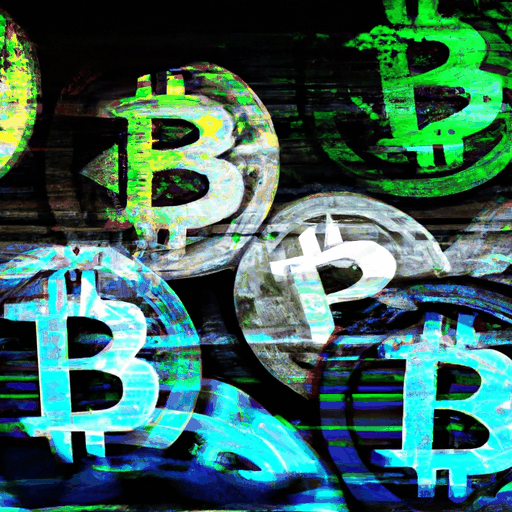
Learn Concept: The Phenomenon of Meme Coins in Cryptocurrency
By: Eliza Bennet
Meme coins represent a subgenre of cryptocurrency, characterized by their origins in internet culture and social media rather than traditional financial principles. Despite their seemingly frivolous beginnings, these coins, like PEPE, have recently shown remarkable market performances, climbing to formidable market capitalizations. The significant rise of PEPE to over $11 billion, overtaking established cryptocurrencies such as Uniswap (UNI) and Litecoin (LTC), exemplifies their unpredictable yet potent market impact.
Meme coins thrive on community support, internet virality, and often a charismatic figurehead or influencer endorsements. Their appeal largely stems from low entry costs and the speculative hope of rapid gains, much like early internet stock phenomena. However, their volatility and detachment from tangible economic indicators mark them as high-risk investments.
The latest trends in cryptocurrencies reveal that meme coins can influence broader market dynamics, evident in the way major investors, or 'whales', have funneled capital into PEPE, leading to a price surge that outpaced its forecasted value. These actions signify a shift where meme coins are increasingly on the radar of institutional investors, potentially signaling a new era of acceptance in financial ecosystems traditionally dominated by more stable cryptocurrencies.
While analogous to historical bubbles, the success of meme coins like Dogecoin has shown that opportunities exist for significant financial gain, albeit accompanied by commensurate risk. Active participation in these markets necessitates an understanding of market sentiments akin to social dynamics, making them an interesting frontier of psychological as much as financial study.



